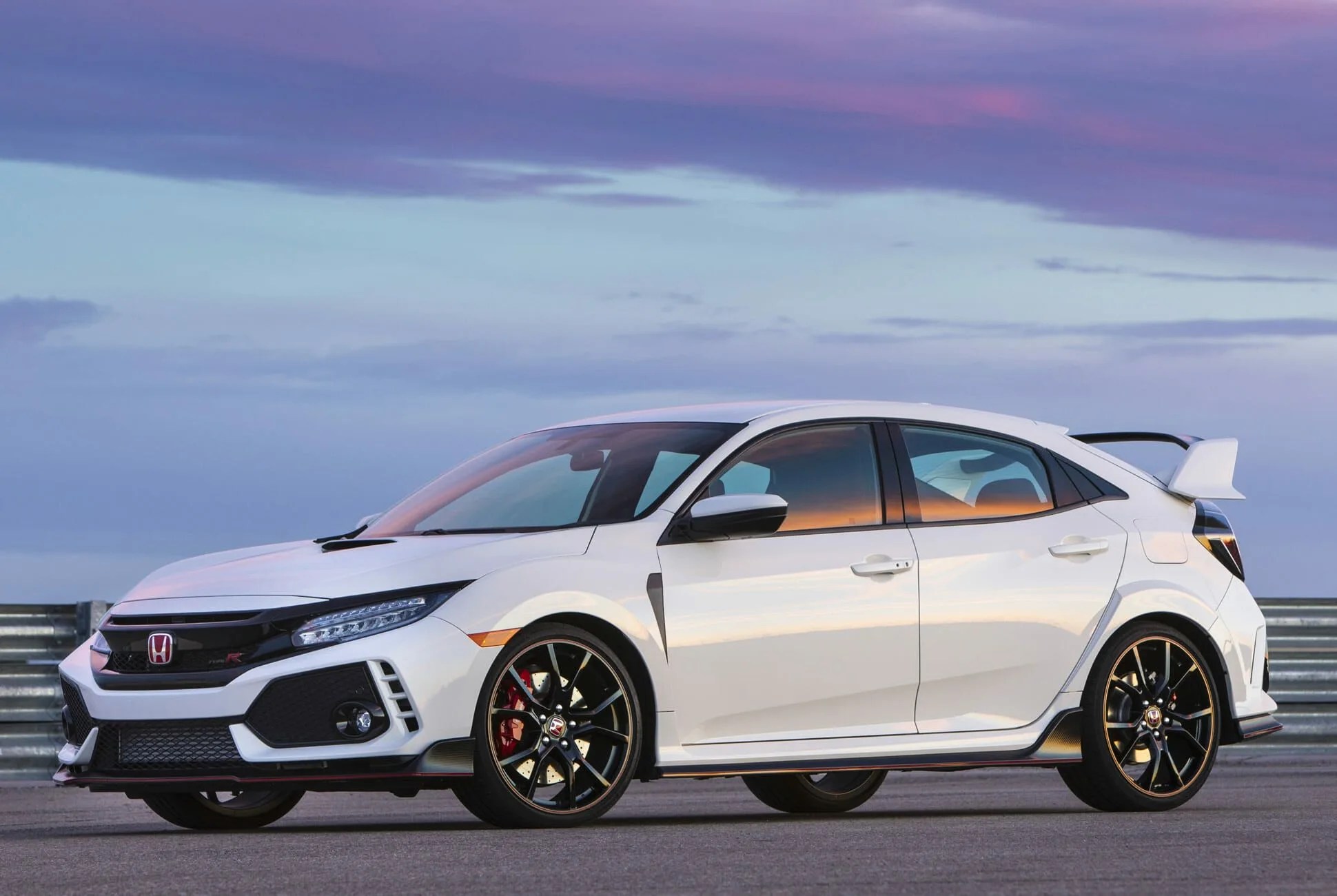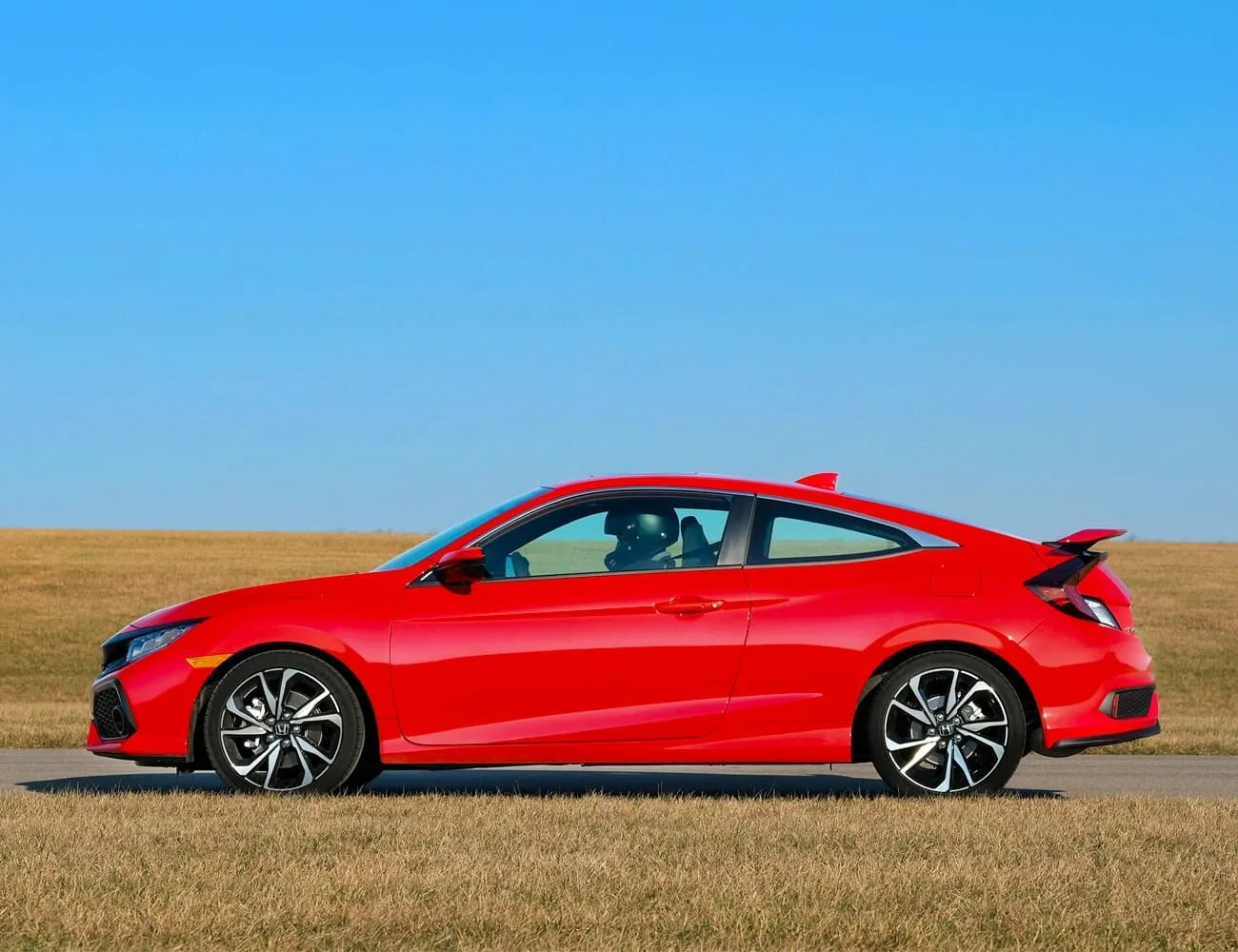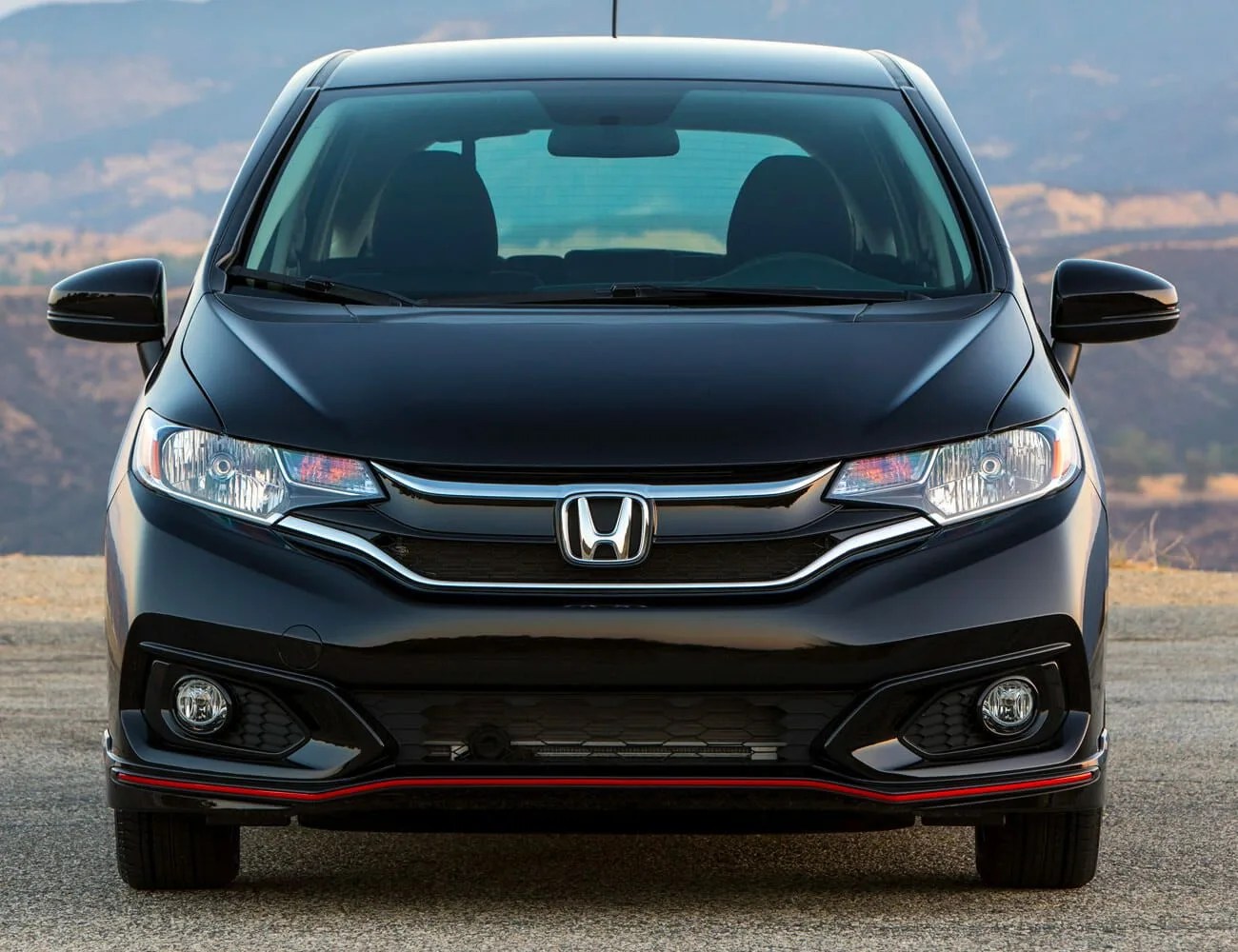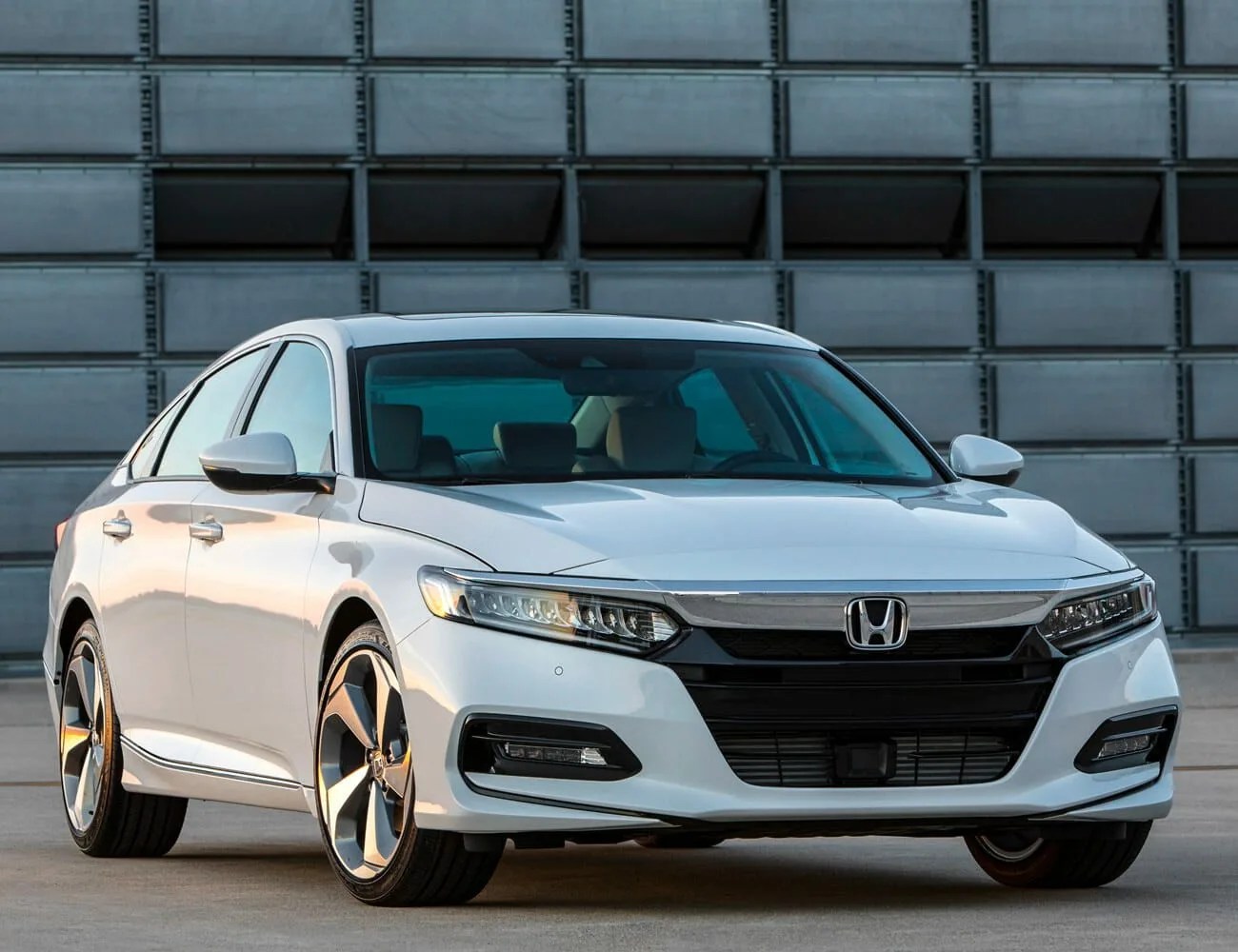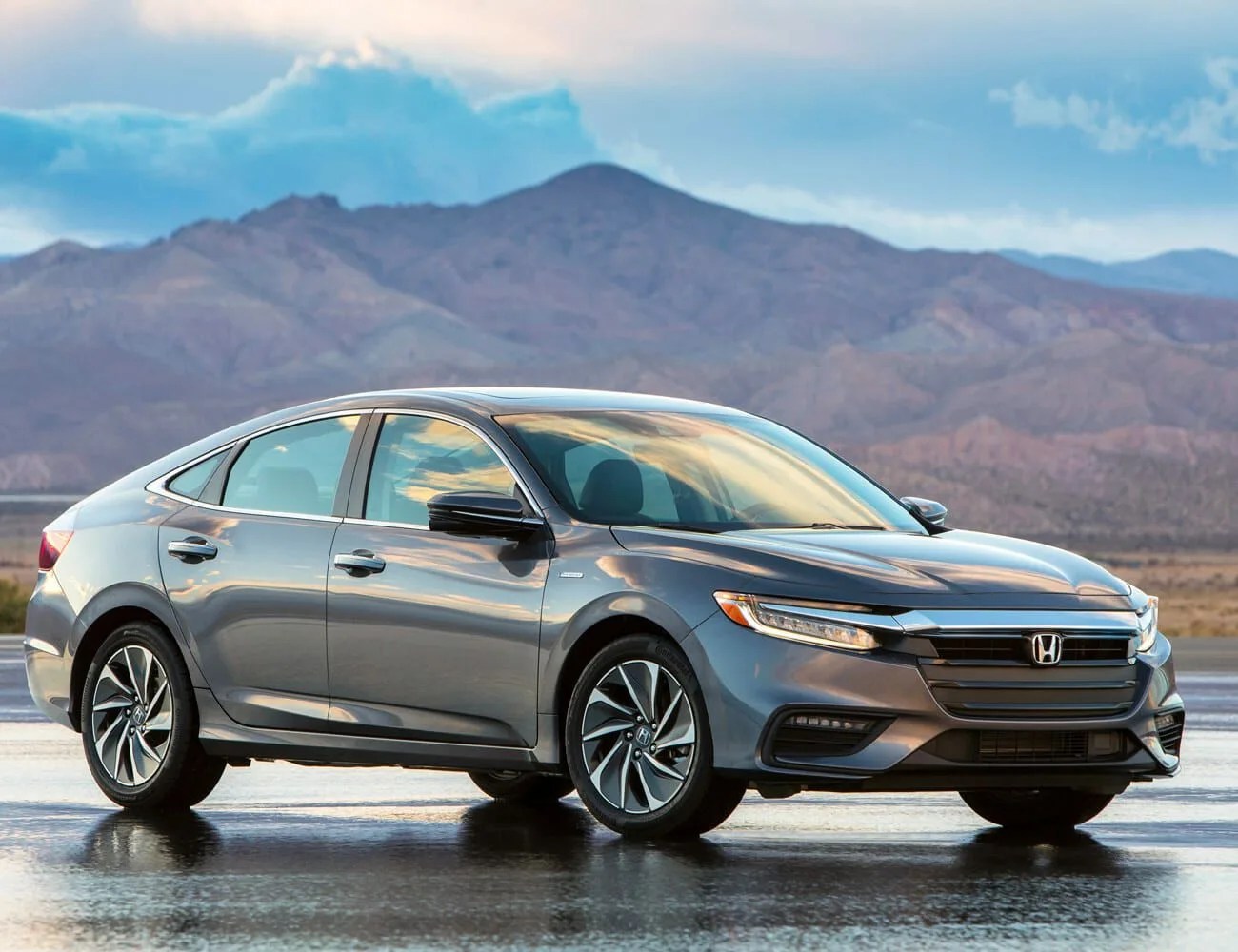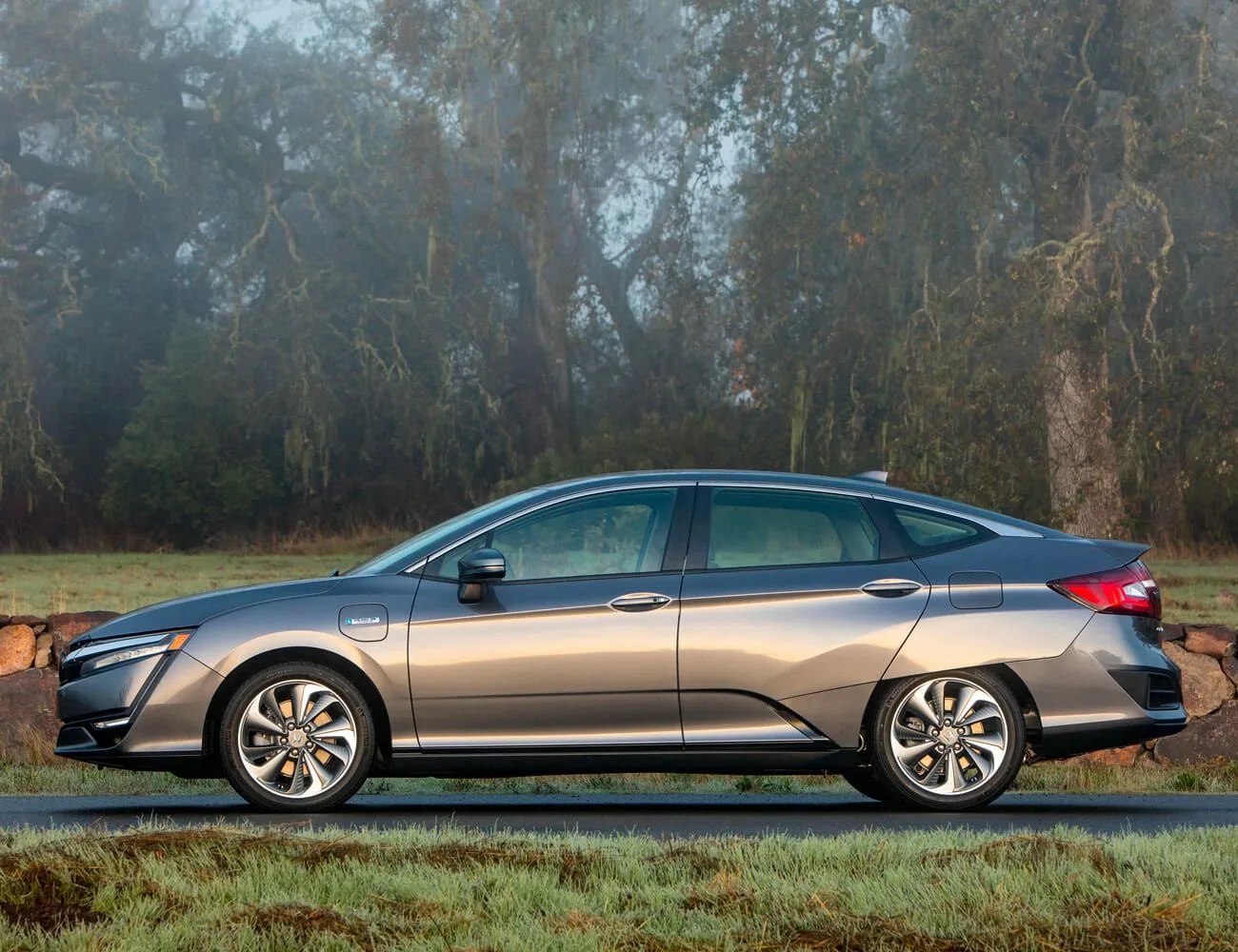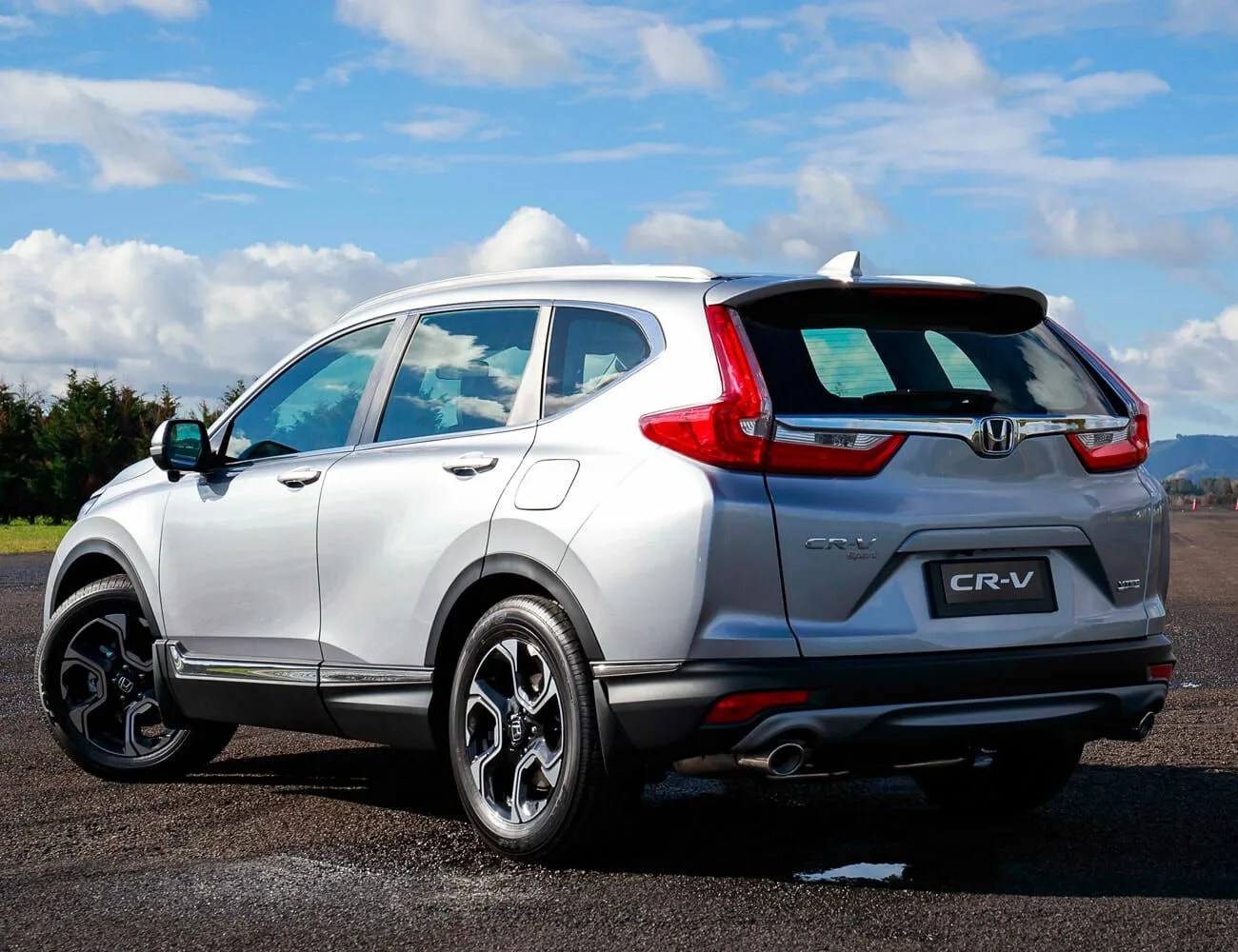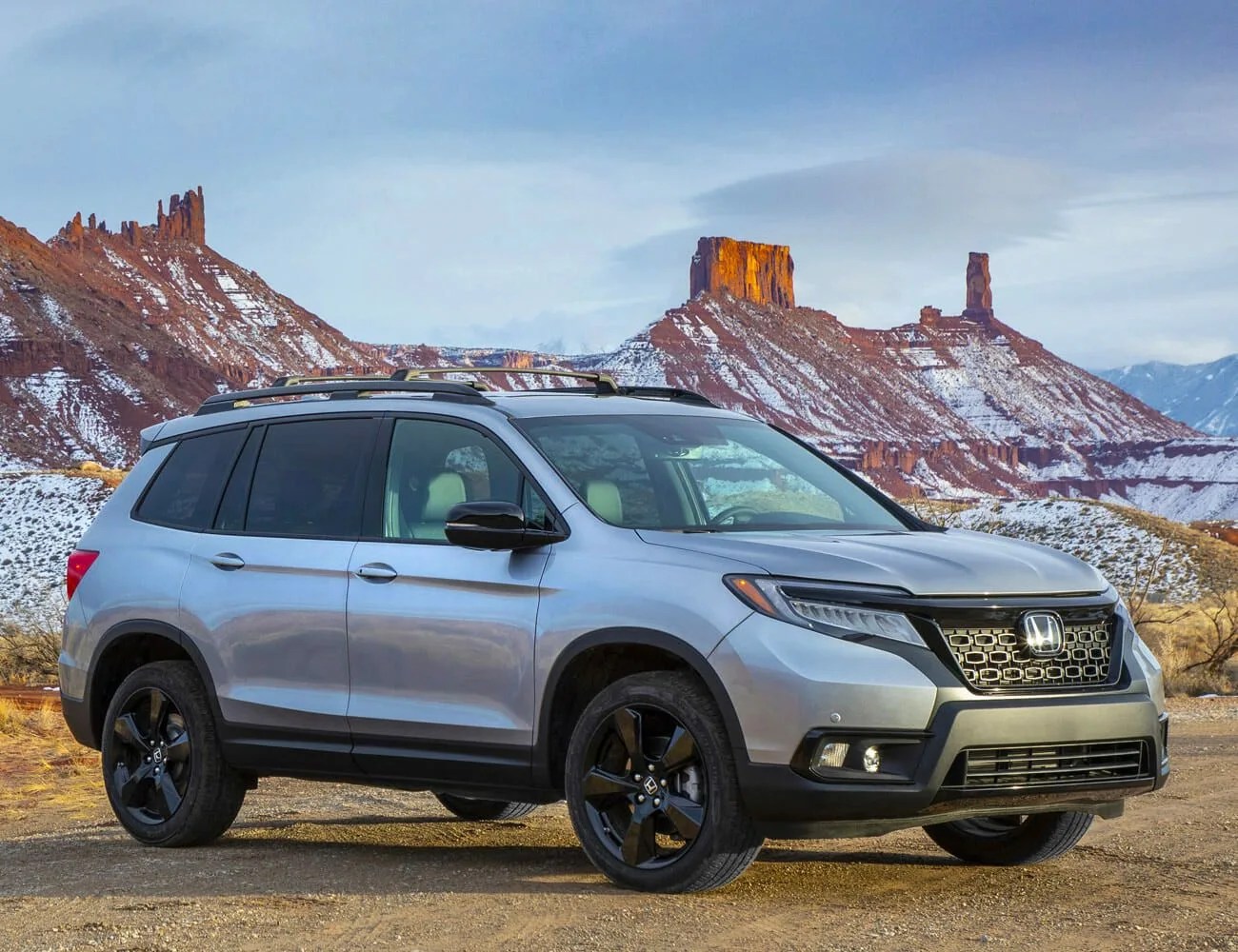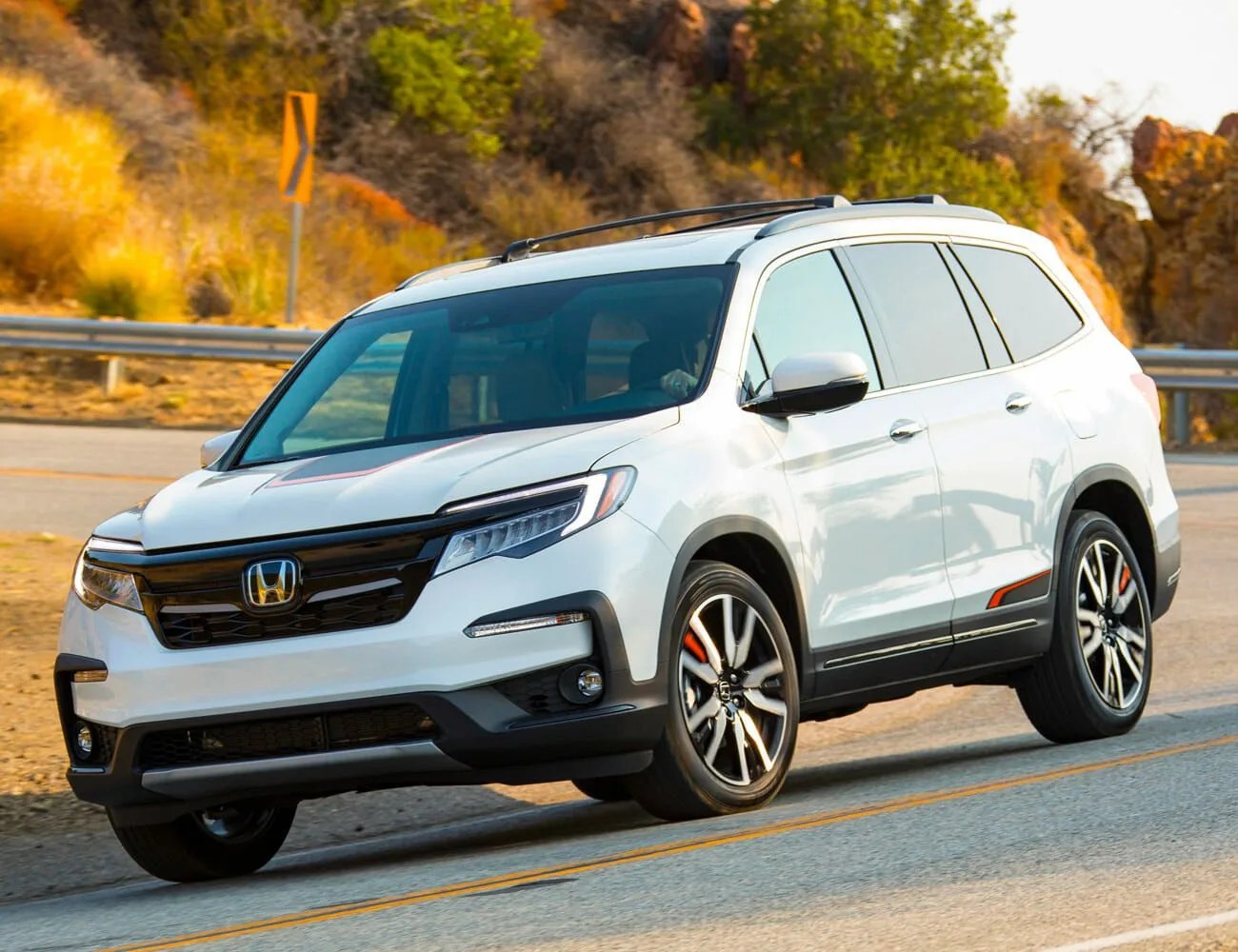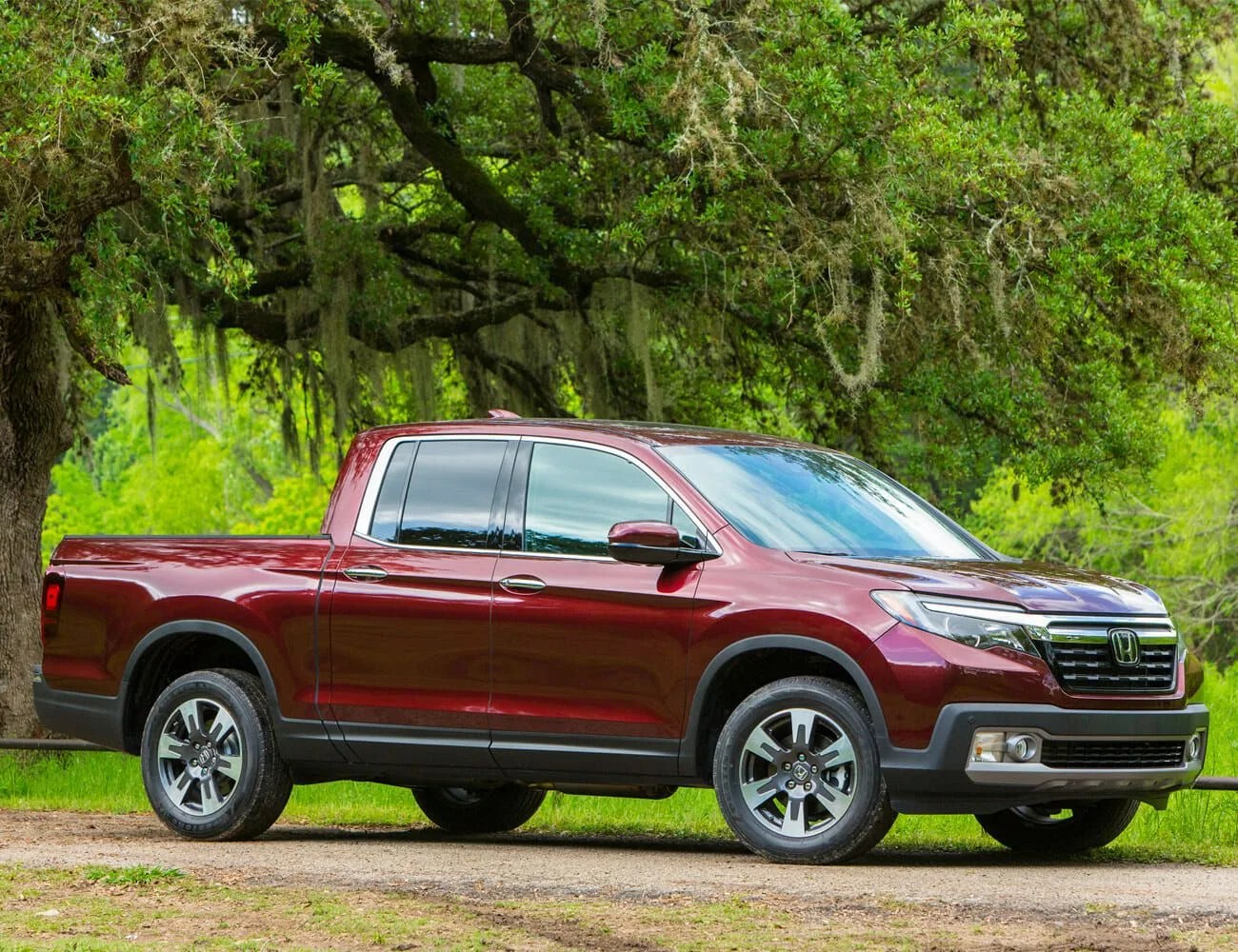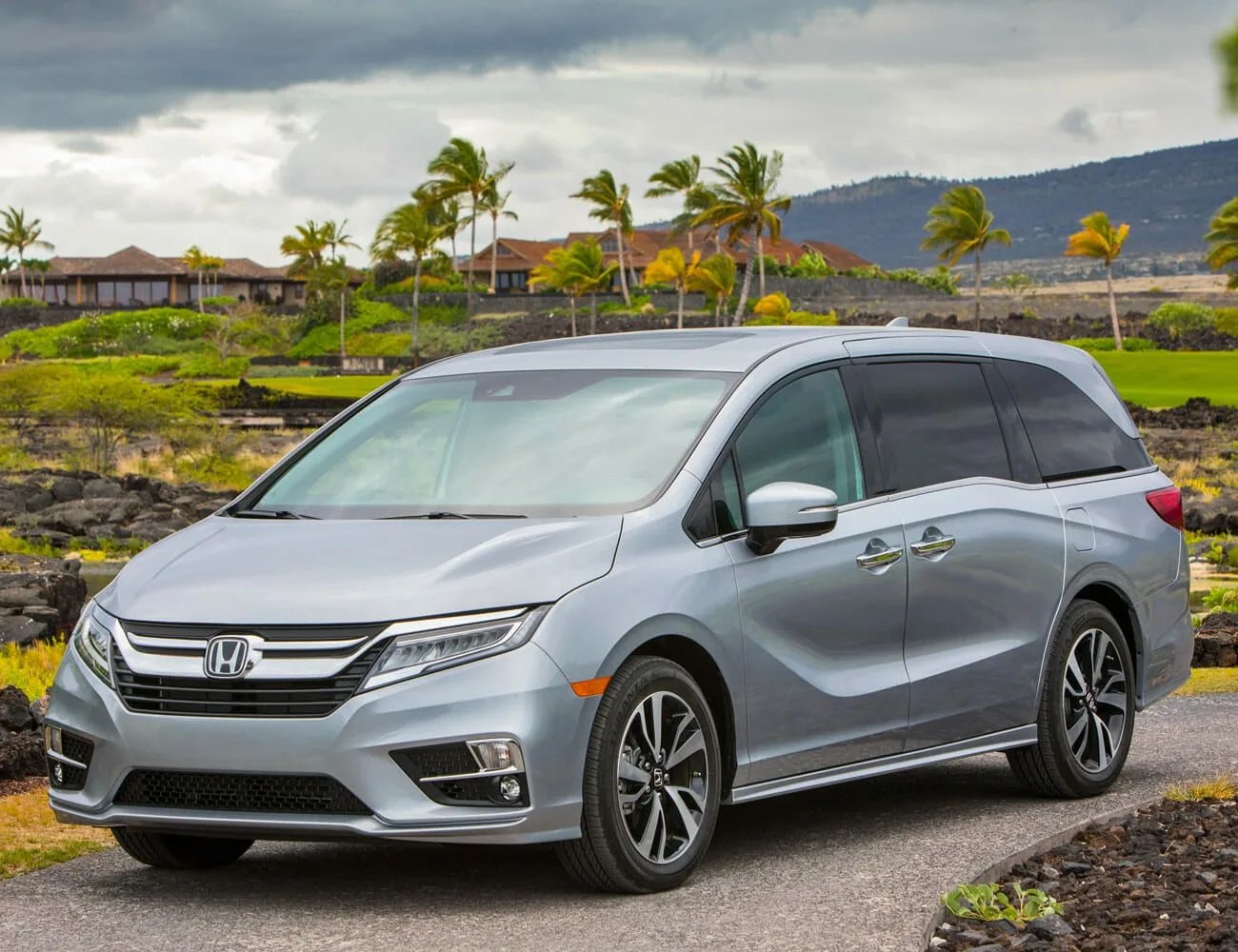Honda products have long been synonymous with reliability, efficiency, and affordability. Honda Motor Company was co-founded by Soichiro Honda and Takeo Fujisawa in 1949 with the introduction of the D-Type motorcycle, followed by the T360 small pick-up truck in 1963. Things took off in 1972, however when Honda released the Civic in the United States. It proved a game-changer for the Japanese company, launching it on a path towards global success.
With over 18 million cars sold over the past 47 years, the Civic has become one of the best-selling cars in the history of automobiles — as has its big brother, the Honda Accord. Today, Honda Motor Company has grown into one of the world’s most successful companies; while Honda remains Japan’s second-largest automobile manufacturers, the company also develops products ranging from gardening equipment to marine engines, personal watercraft and power generators.
Honda doesn’t have a traditional alphanumeric naming system like Lexus or Cadillac; instead, like Porsche and Lincoln, each model uses a more traditional name. Vehicle designations are followed by package monikers. “LX” models are the most affordable base models, with the fewest features. “Sport” variants vary, but generally receive sport-inspired internal and external visual upgrades on top of the basic LX features. “EX” includes all base-level features as well as upgraded safety systems, interior and exterior amenities. “EX-L” includes all EX items, with added higher-spec features or luxury features such as leather trim. “Touring” and “Elite” variants are fully-loaded vehicles with high-quality interior packages, lighting, audio systems, navigation and so forth.
Honda Terminology
Honda Sensing: Honda’s full suite of active safety technology, which includes: Collison Mitigation Braking System (CMBS), Lane Keep Assist (LKAS), Road Departure Mitigation (RDM) and Adaptive Cruise Control (ACC). It is either standard or available on mid-level trims and higher on most models. Honda Sensing is not available on the Civic Type R.
VTEC: Variable Valve Timing & Lift Electronic Control. A Honda-developed technology to improve the efficiency of their four-stroke internal combustion engines. The result is an engine that produces high performance at high RPM and better fuel efficiency at low RPM.
Atkinson Cycle: A type of engine combustion where the intake valves are held open for a portion of the compression stroke. The result is an increase in the expansion ratio on the power stroke, which creates an increase in fuel efficiency but a decrease in power output. Often used on hybrid vehicles, as the power loss can be made up for with electric motors.
Civic
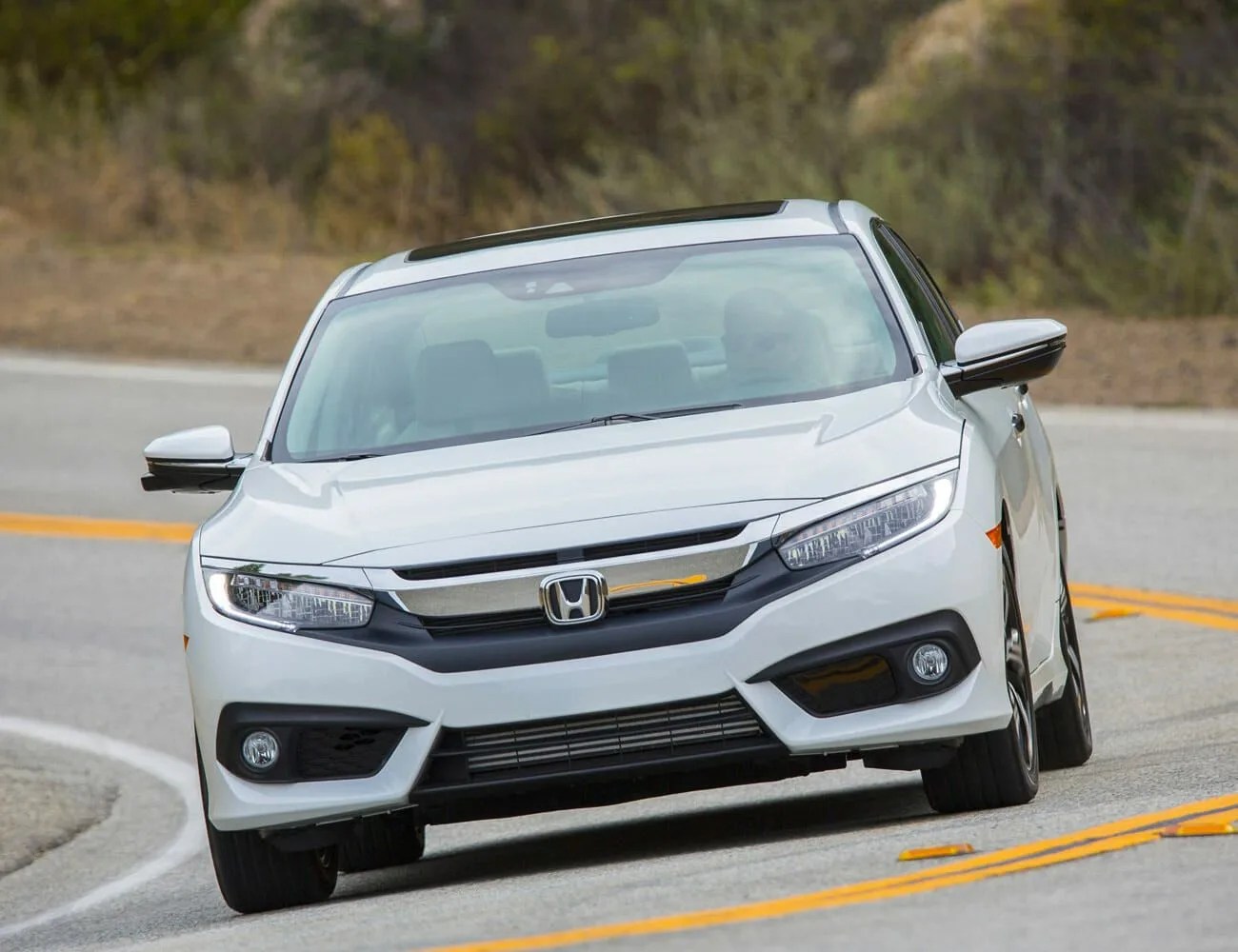
The Civic is Honda’s compact car, and comes in three body styles: coupe, sedan and hatchback. The Civic debuted in 1972 and today is one of the world’s best-selling cars. There are two engine options: a 174-horsepower turbocharged 1.5-liter four-cylinder or a 158-hp 2.0-liter four-cylinder. Both engines are only available with front-wheel drive, but can be optioned with a six-speed manual transmission or continuously variable transmission (CVT).
